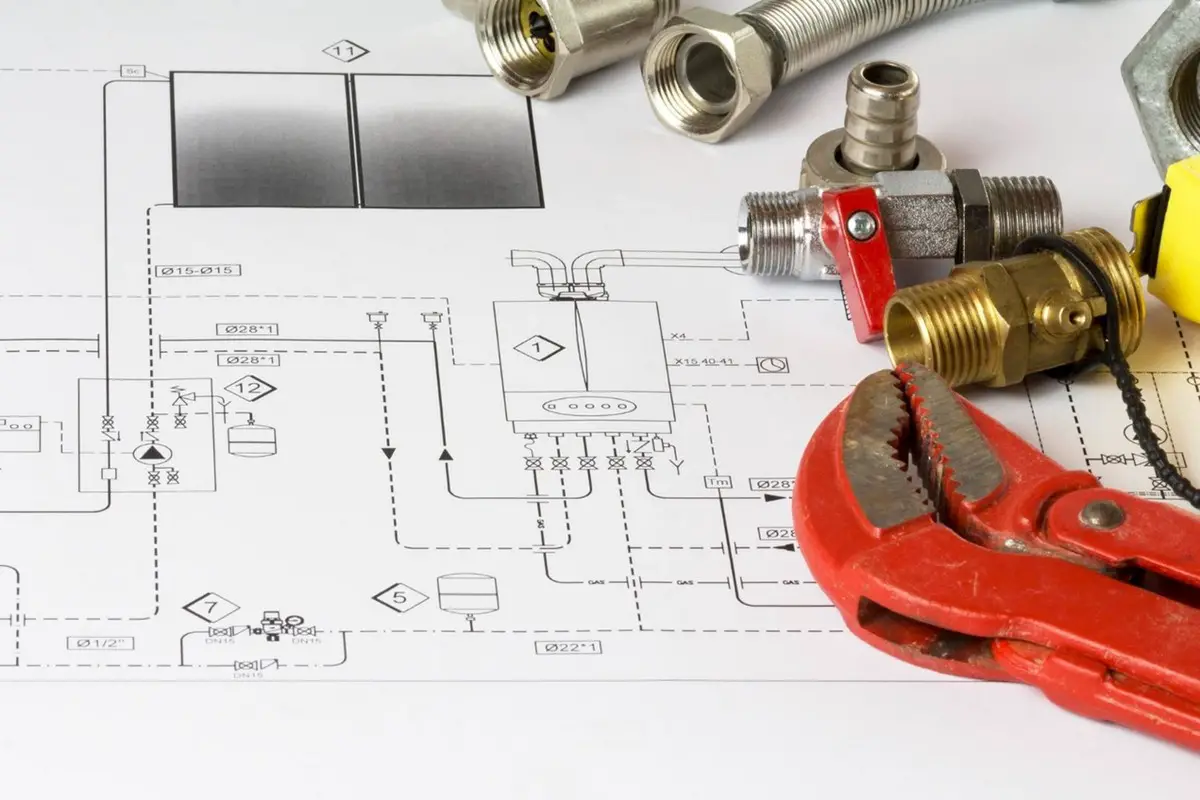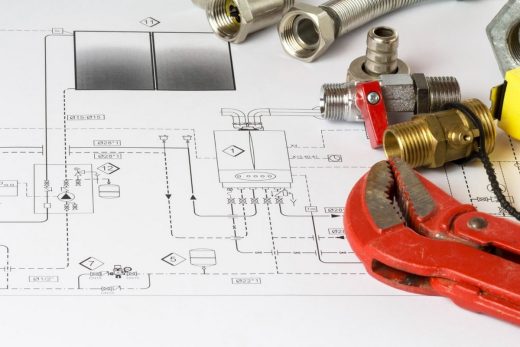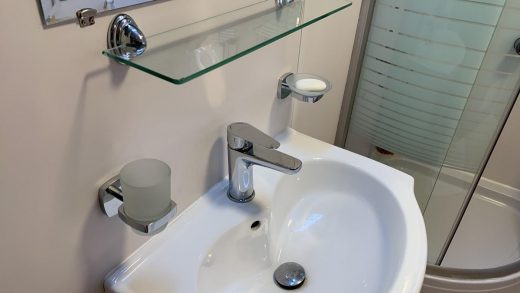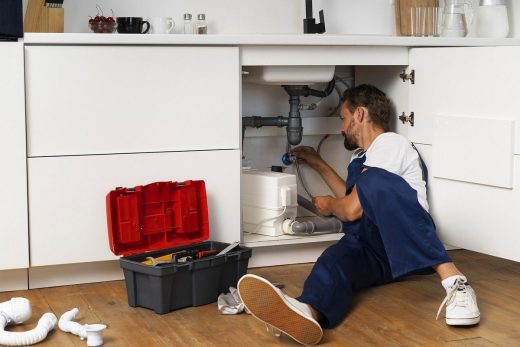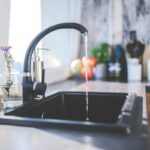How building codes influence plumbing systems, Homeowner plumber advice, Building owner maintenance tips
How Building Codes Influence Plumbing System Design and Implementation
12 July 2024
Building codes are the backbone of any construction project, ensuring safety, efficiency, and sustainability. The plumbing system design and implementation are among the critical aspects regulated by these codes, ensuring clean water supply and efficient wastewater disposal.
Before you start designing a home, it’s essential to be aware of building codes that can influence different design elements. Learn more about how building codes can influence plumbing system design and implementation.
Health and Safety Standards
Building codes mandate specific standards to safeguard public health and safety. These standards dictate the materials used, installation methods, and system maintenance protocols for plumbing systems. Ensuring potable water quality and preventing contamination are also concerns these codes address.
Compliance with these standards protects the health of occupants and reduces the risk of costly repairs and liabilities associated with non-compliance. For reliable fixture installation and adherence to plumbing codes, homeowners can trust reputable plumbing companies who can work closely with them to select and install fixtures that meet regulatory requirements while accommodating their needs and budget.
System Layout and Design
Building codes provide guidelines for the layout and design of plumbing systems. This includes determining pipe sizing, fixture placement, and accessibility requirements. By adhering to these specifications, designers can optimize the efficiency and functionality of the plumbing network while ensuring compliance with regulatory standards.
Contact experienced home services experts like Apple Plumbing Heating & Air for assistance to ensure accurate layout and design of plumbing systems. Their plumbing technicians can help ensure that the building’s plumbing systems are designed and installed with precision, taking into account both code requirements and practical considerations. Their award-winning business offers free onsite estimates for installations and water quality, allowing you to decide if they fit your needs.
Water Conservation
With increasing concerns over water scarcity, building codes now incorporate provisions promoting water conservation. These may include requirements for low-flow fixtures, rainwater harvesting systems, and graywater recycling. Building codes are crucial in fostering sustainable plumbing practices by mandating water-efficient technologies.
Companies like Apple Plumbing Heating & Air can assist homeowners in implementing water-saving measures by recommending and installing eco-friendly fixtures and systems that comply with relevant building codes and standards.
Accessibility and Universal Design
Building codes often incorporate provisions for accessibility, ensuring that plumbing systems are designed to accommodate individuals with disabilities. This includes requirements for wheelchair-accessible sinks, toilets, and showers, as well as accessible pathways and clearances.
Integrating universal design principles makes plumbing systems more inclusive and user-friendly for all occupants. Accessible design enhances the quality of life for individuals with disabilities and benefits the aging population and individuals with temporary mobility limitations.
Fire Protection
Plumbing systems play a vital role in fire protection by providing sprinkler systems and standpipes. Building codes stipulate requirements for designing, installing, and maintaining these systems to ensure effective fire suppression capabilities.
By adhering to these standards, buildings can enhance occupant safety and minimize property damage in the event of a fire. Proper maintenance and testing of fire protection systems, as mandated by building codes, are essential to ensuring their reliability during emergencies.
Waste Disposal and Drainage
Proper wastewater disposal is essential for maintaining public health and environmental integrity. Building codes regulate the design and installation of drainage systems, including sewer lines, traps, and vents, to facilitate efficient wastewater removal while preventing backups and contamination. Compliance with these standards is critical to mitigating the risk of sanitation-related issues.
Building codes often incorporate measures to address specific challenges, such as preventing cross-contamination between potable water and wastewater systems, ensuring proper ventilation to prevent foul odors, and implementing backflow prevention devices to safeguard water quality.
Comments on this guide to How building codes influence plumbing systems article are welcome.
Plumbers Articles
Plumbers Posts
How emergency plumbers stop structural damage
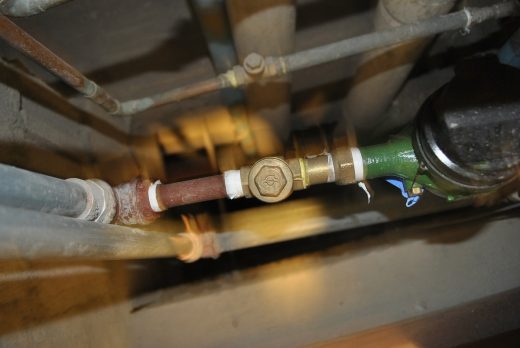
DIY solutions for common plumbing mishaps
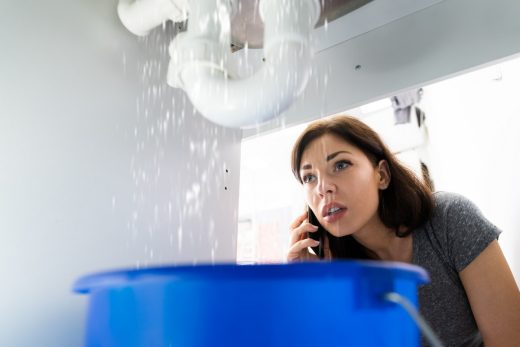
How plumbing factors into your new home build
Tips for hiring a commercial plumber
Building Articles
Residential Architecture Articles
Comments / photos for the How building codes influence plumbing systems page welcome

